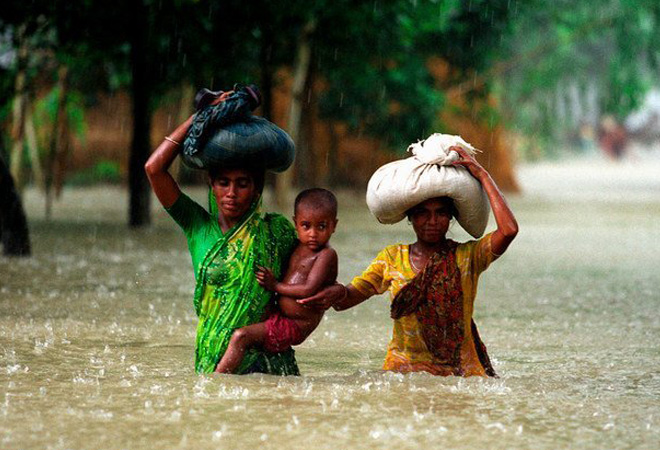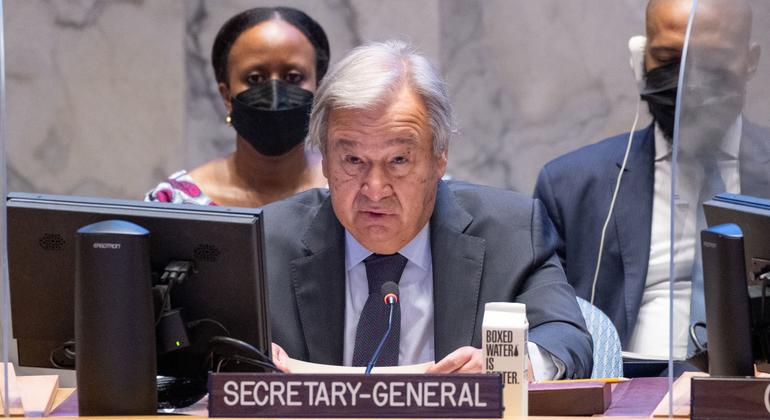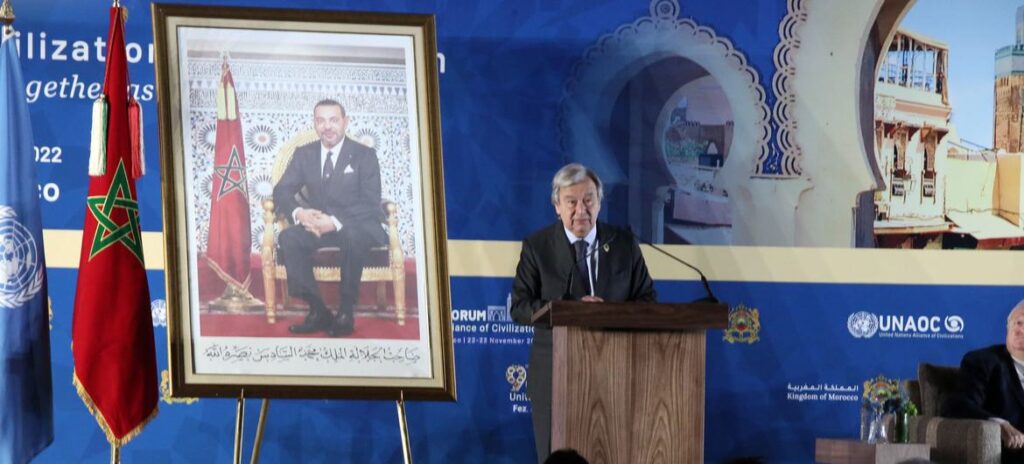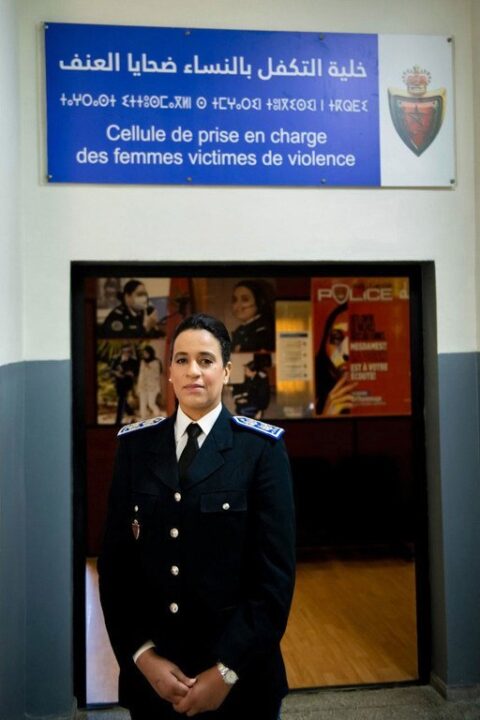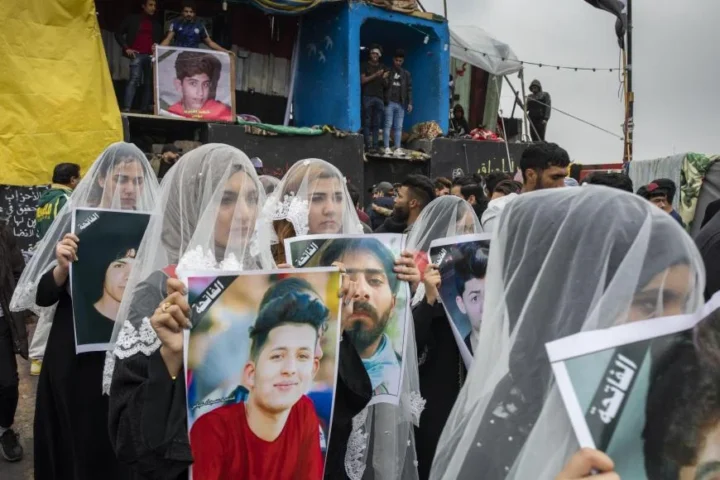08 September 2022 | 10 : 56 AM | IST
By Shasi Kumar
Women are increasingly being seen as more vulnerable than men to the impacts of climate change.
Climate change is one of the greatest global challenges of the twenty-first century. Its impacts vary among regions, generations, age, classes, income groups, and gender. Based on the findings of the Intergovernmental Panel on Climate Change (IPCC), it is evident that people who are already most vulnerable and marginalized will also experience the greatest impacts. The poor, primarily in developing countries, are expected to be disproportionately affected and consequently in the greatest need of adaptation strategies in the face of climate variability and change. Both women and men working in natural resource sectors, such as agriculture, are likely to be affected. However, the impact of climate change on gender is not the same. Women are increasingly being seen as more vulnerable than men to the impacts of climate change, mainly because they represent the majority of the world’s poor and are proportionally more dependent on threatened natural resources. The difference between men and women can also be seen in their differential roles, responsibilities, decision making, access to land and natural resources, opportunities and needs, which are held by both sexes. Worldwide, women have less access than men to resources such as land, credit, agricultural inputs, decision-making structures, technology, training and extension services that would enhance their capacity to adapt to climate change.
Why women are more vulnerable
Women’s vulnerability to climate change stems from a number of factors — social, economic and cultural.Seventy per cent of the 1.3 billion people living in conditions of poverty are women. In urban areas, 40 per cent of the poorest households are headed by women. Women predominate in the world’s food production (50-80 per cent), but they own less than 10 per cent of the land.Women represent a high percentage of poor communities that are highly dependent on local natural resources for their livelihood, particularly in rural areas where they shoulder the major responsibility for household water supply and energy for cooking and heating, as well as for food security. In the Near East, women contribute up to 50 per cent of the agricultural workforce. They are mainly responsible for the more time-consuming and labour-intensive tasks that are carried out manually or with the use of simple tools. In Latin America and the Caribbean, the rural population has been decreasing in recent decades. Women are mainly engaged in subsistence farming, particularly horticulture, poultry and raising small livestock for home consumption.Women have limited access to and control of environmental goods and services; they have negligible participation in decision-making, and are not involved in the distribution of environment management benefits. Consequently, women are less able to confront climate change.
Natural calamities know no borders. This statement also holds true even for the effects of climate change. However, there are two fundamental fallacies in such an assertion. First, climate change is a far larger and more complex phenomenon than the calamities of nature, and second, the effects of the climate catastrophe are anything but evenly distributed. The question of who is affected by this crisis, and to what extent, is determined by one’s socioeconomic position and is exacerbated by preexisting inequalities. One such inequality that we attempt to trace in this piece is that of gender.
Source : UN
